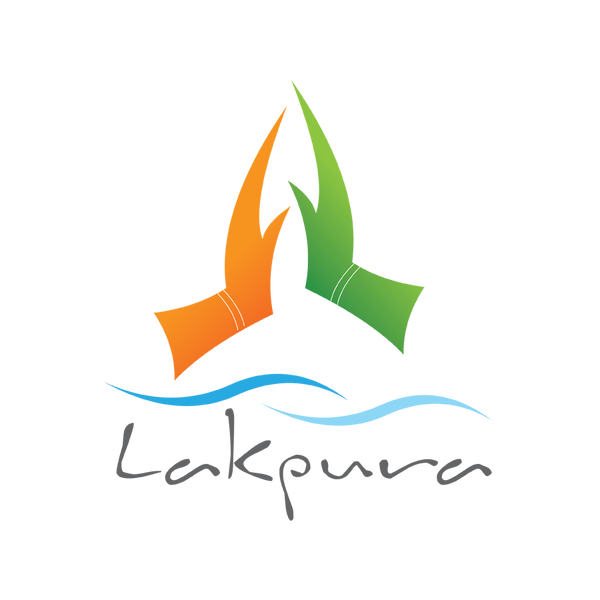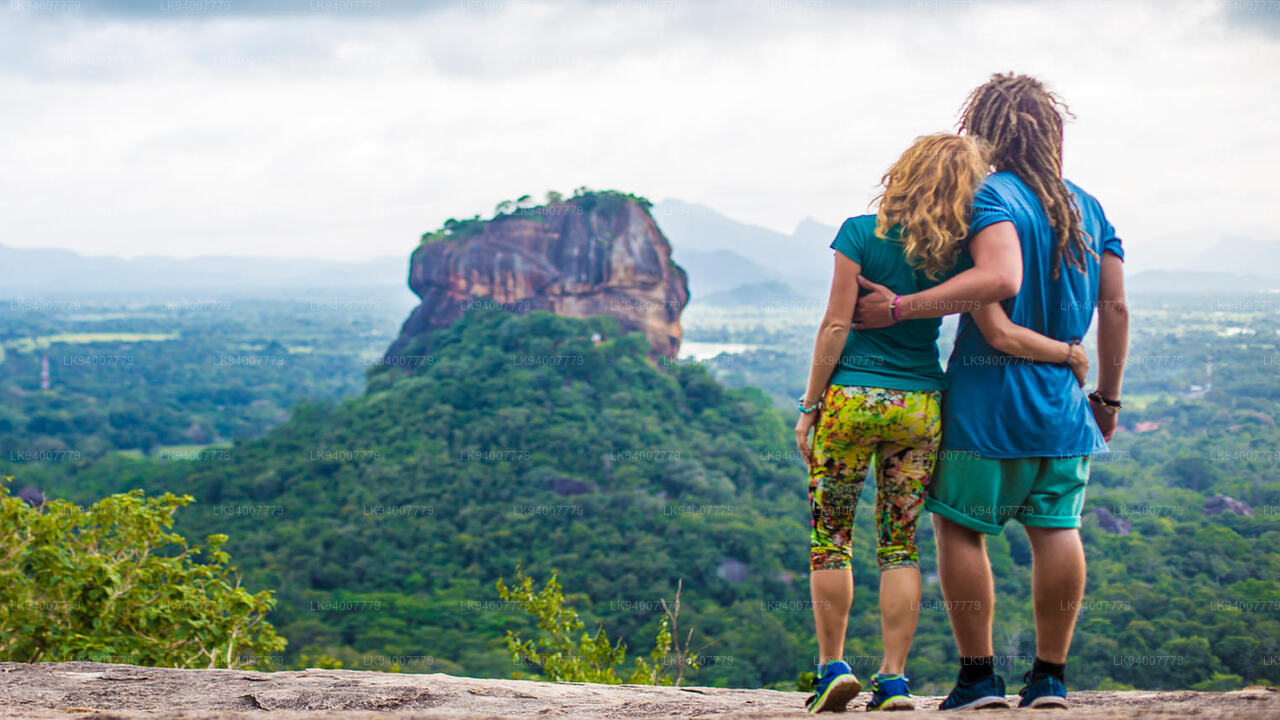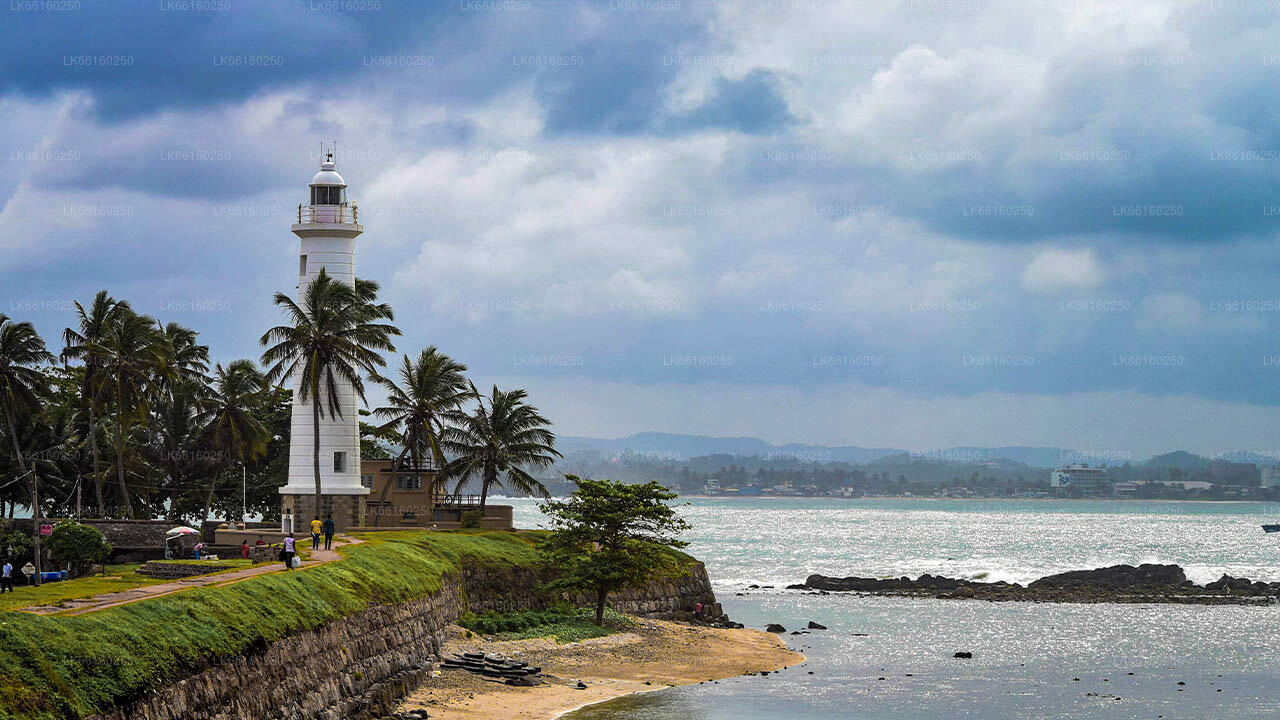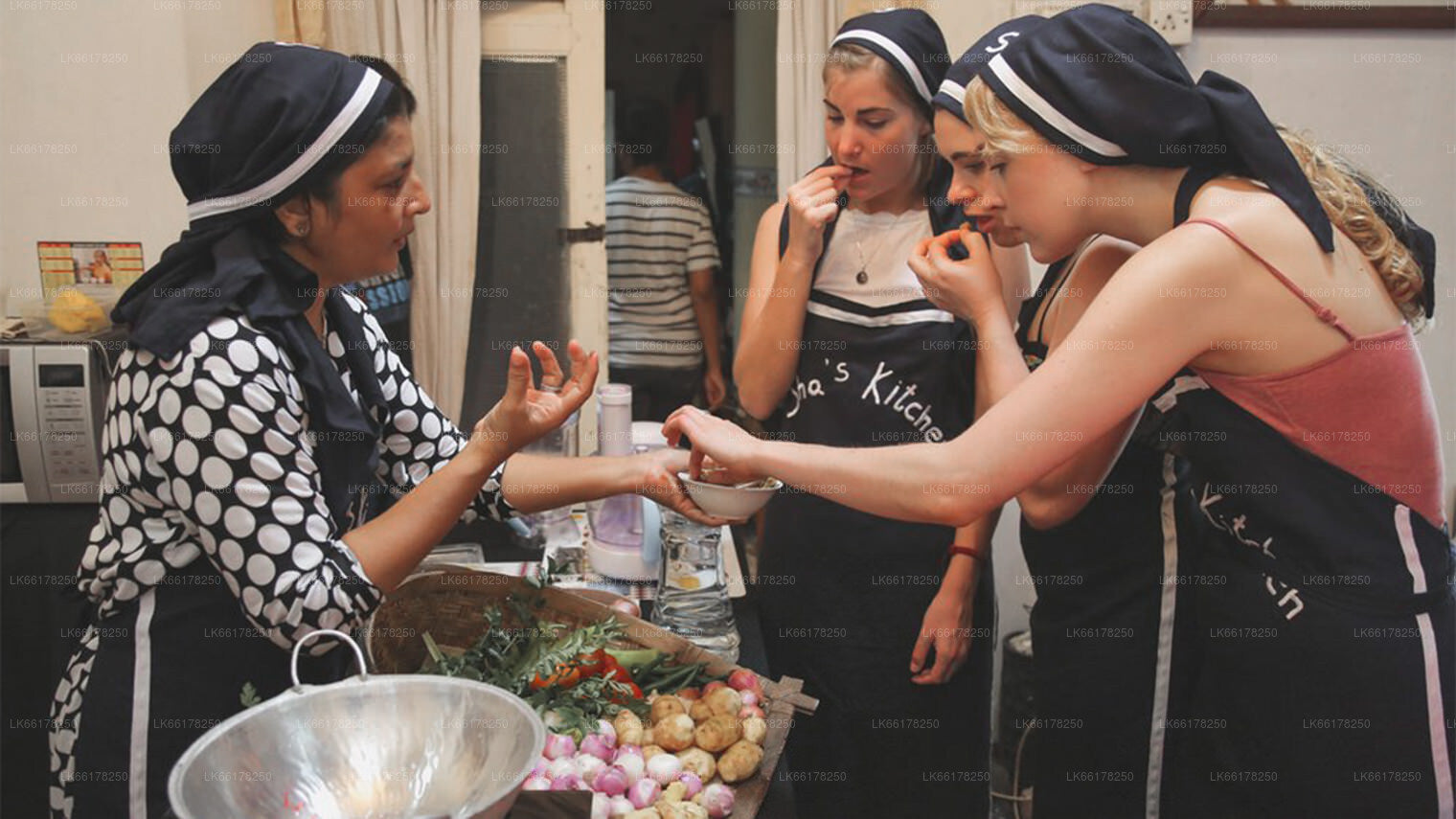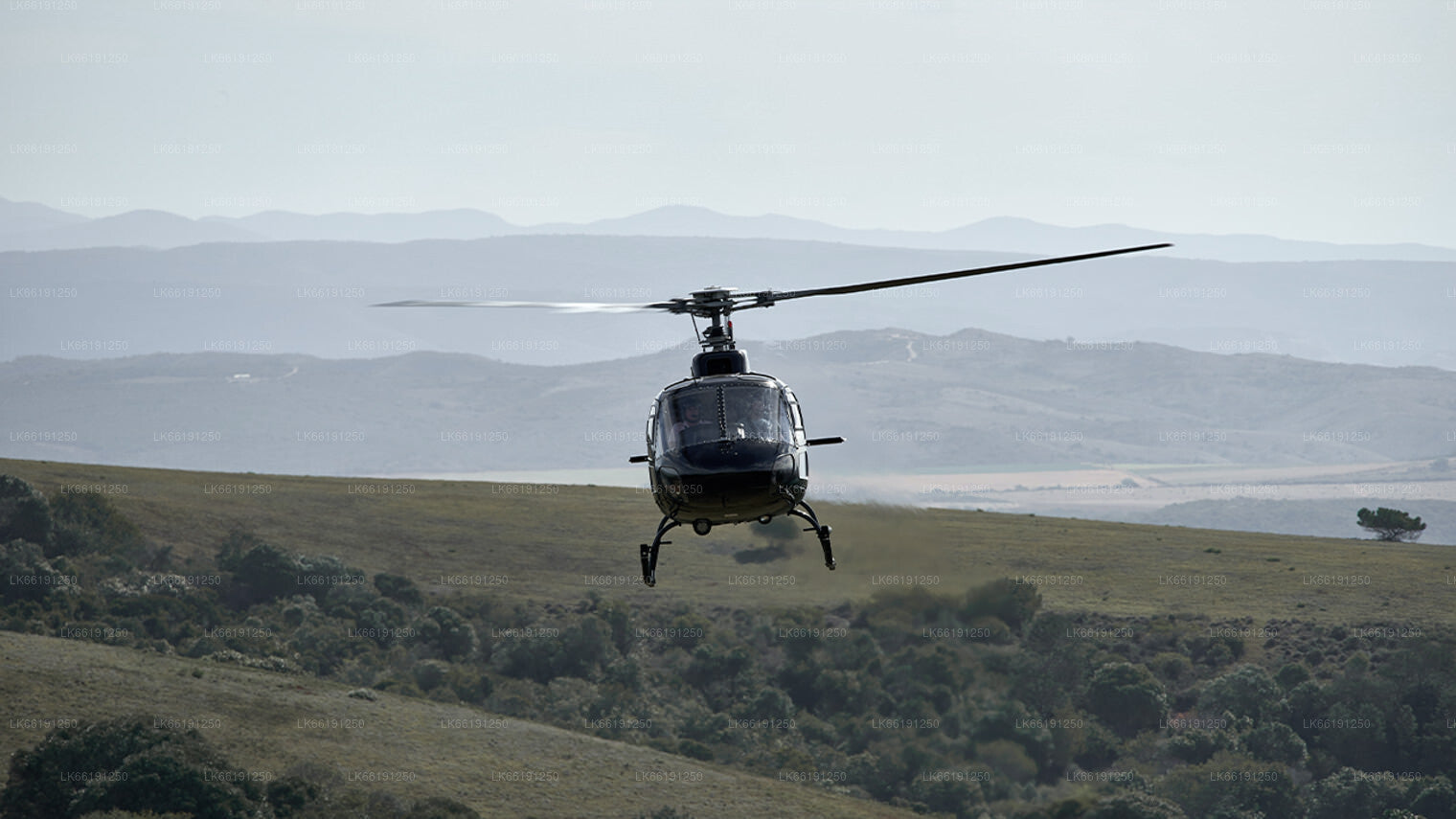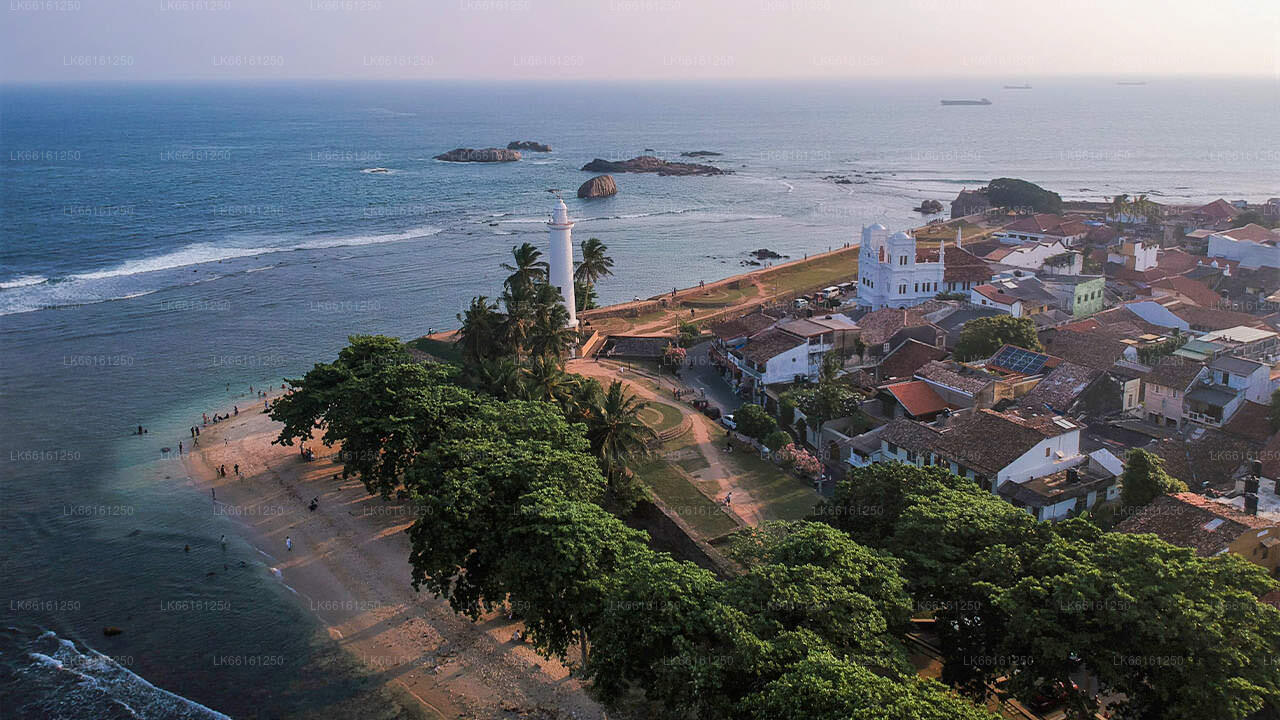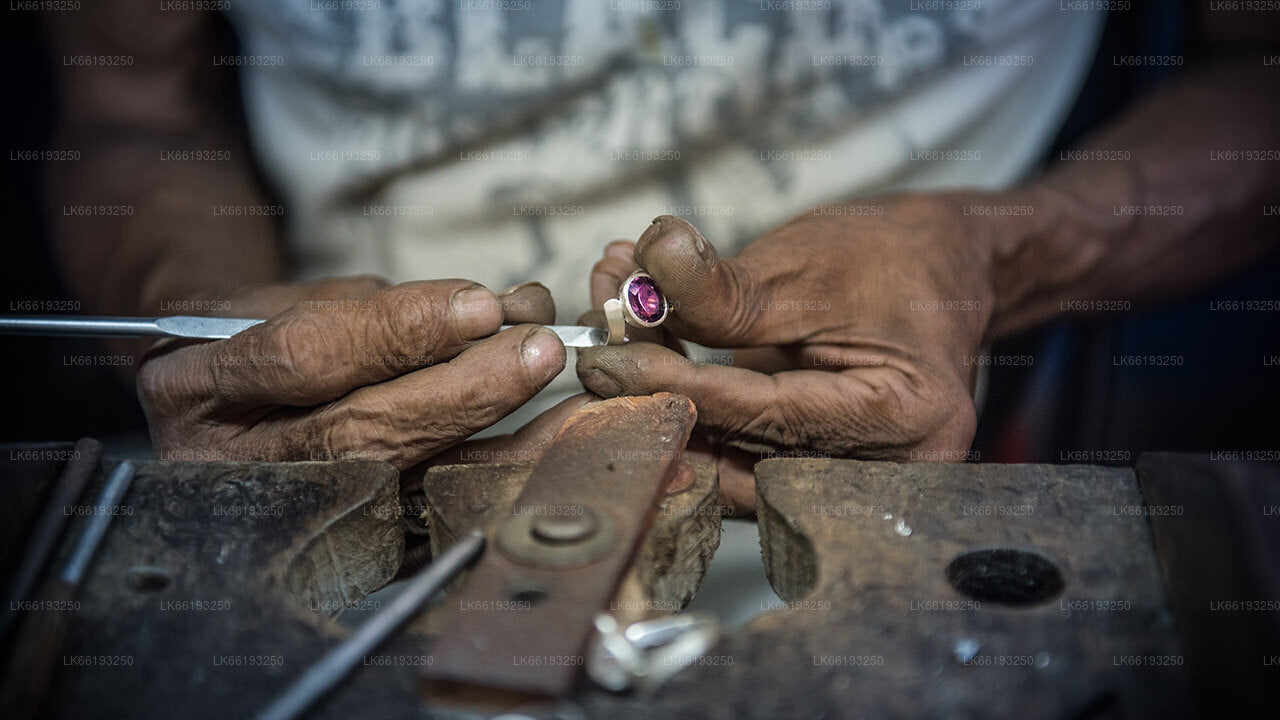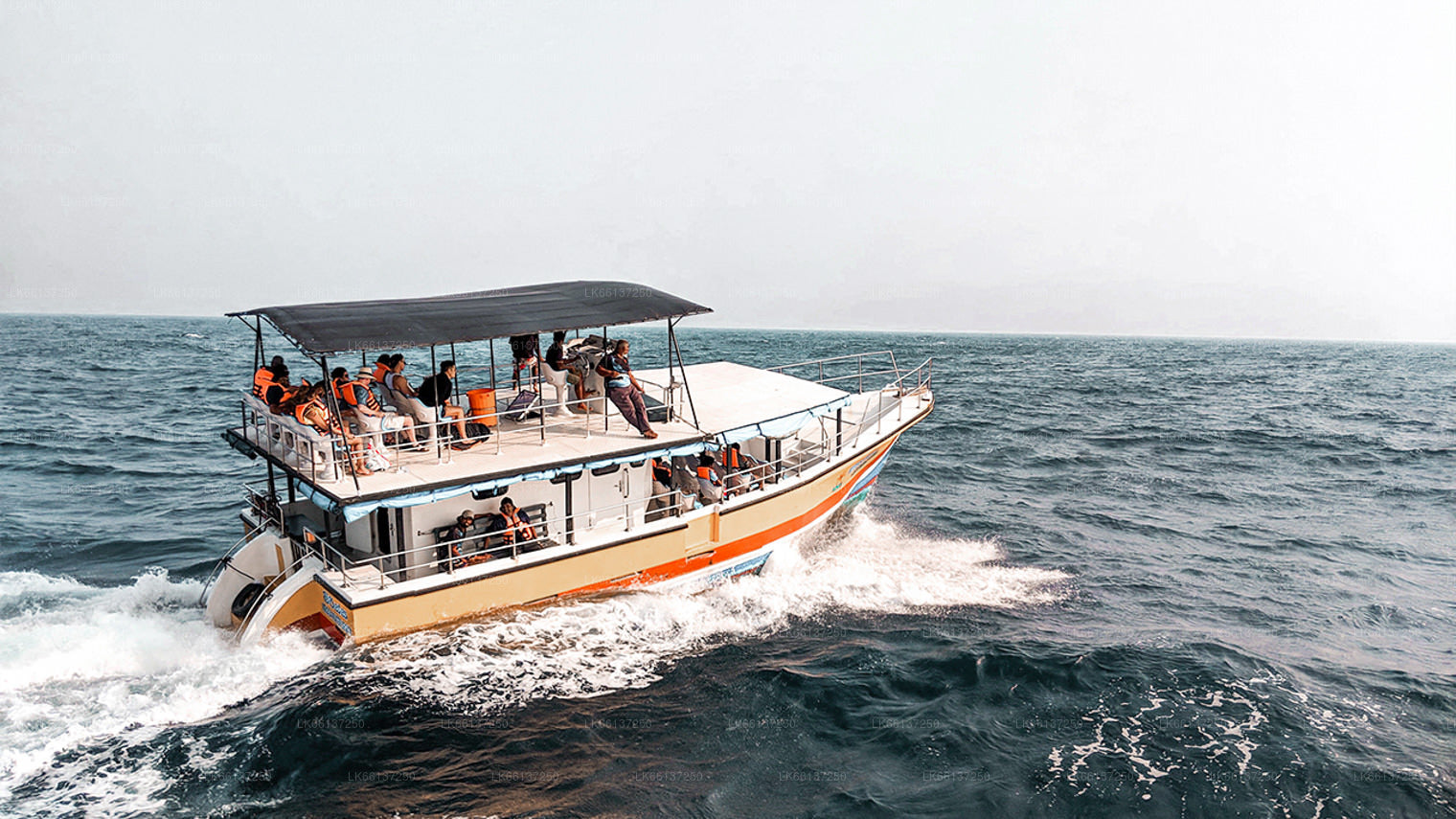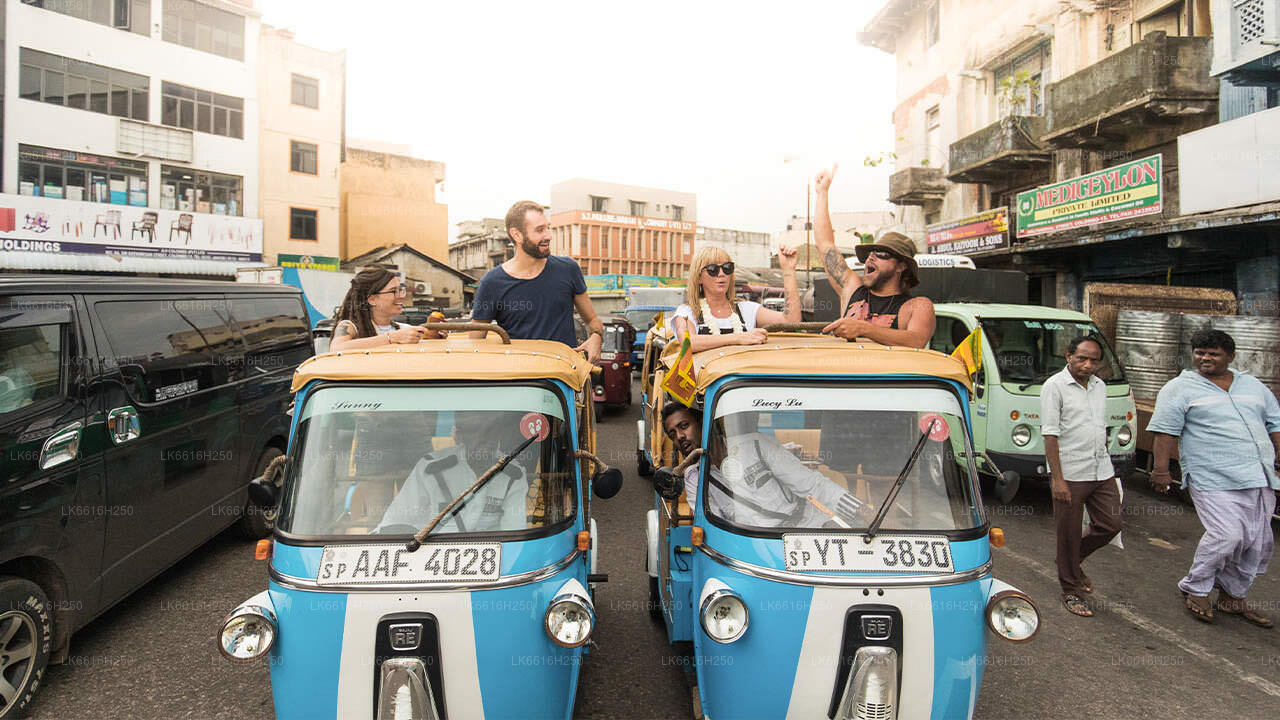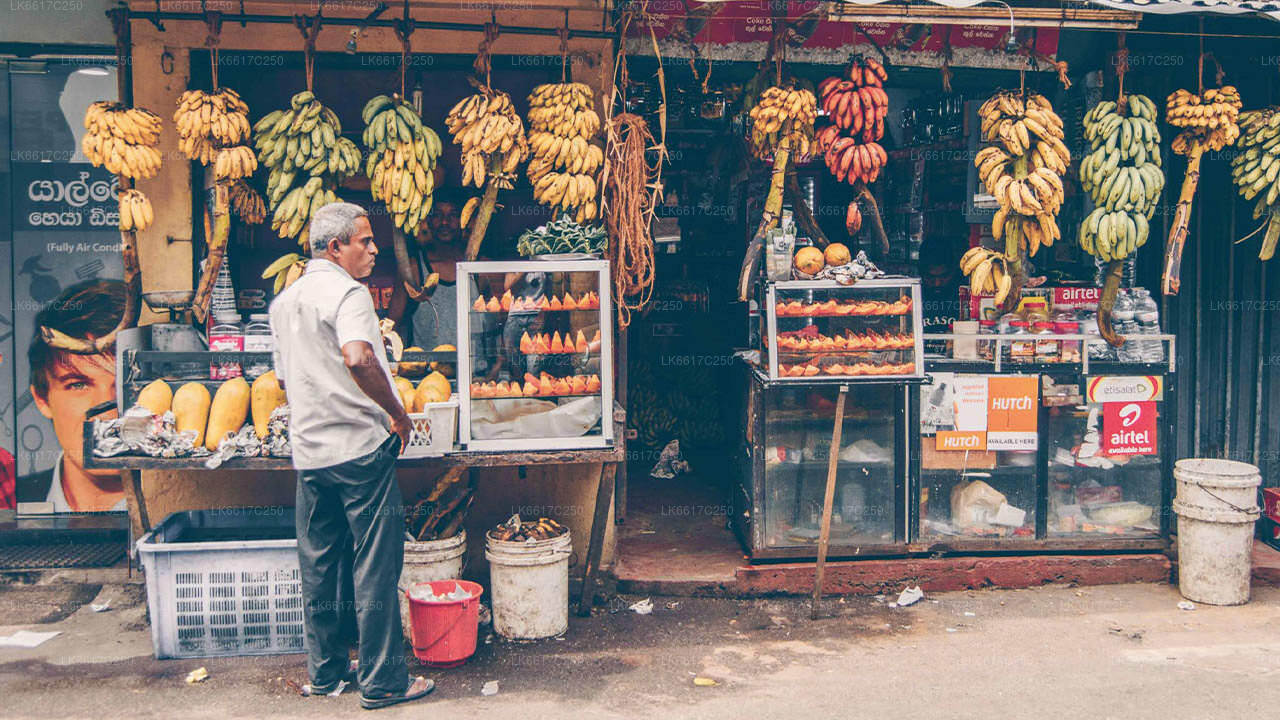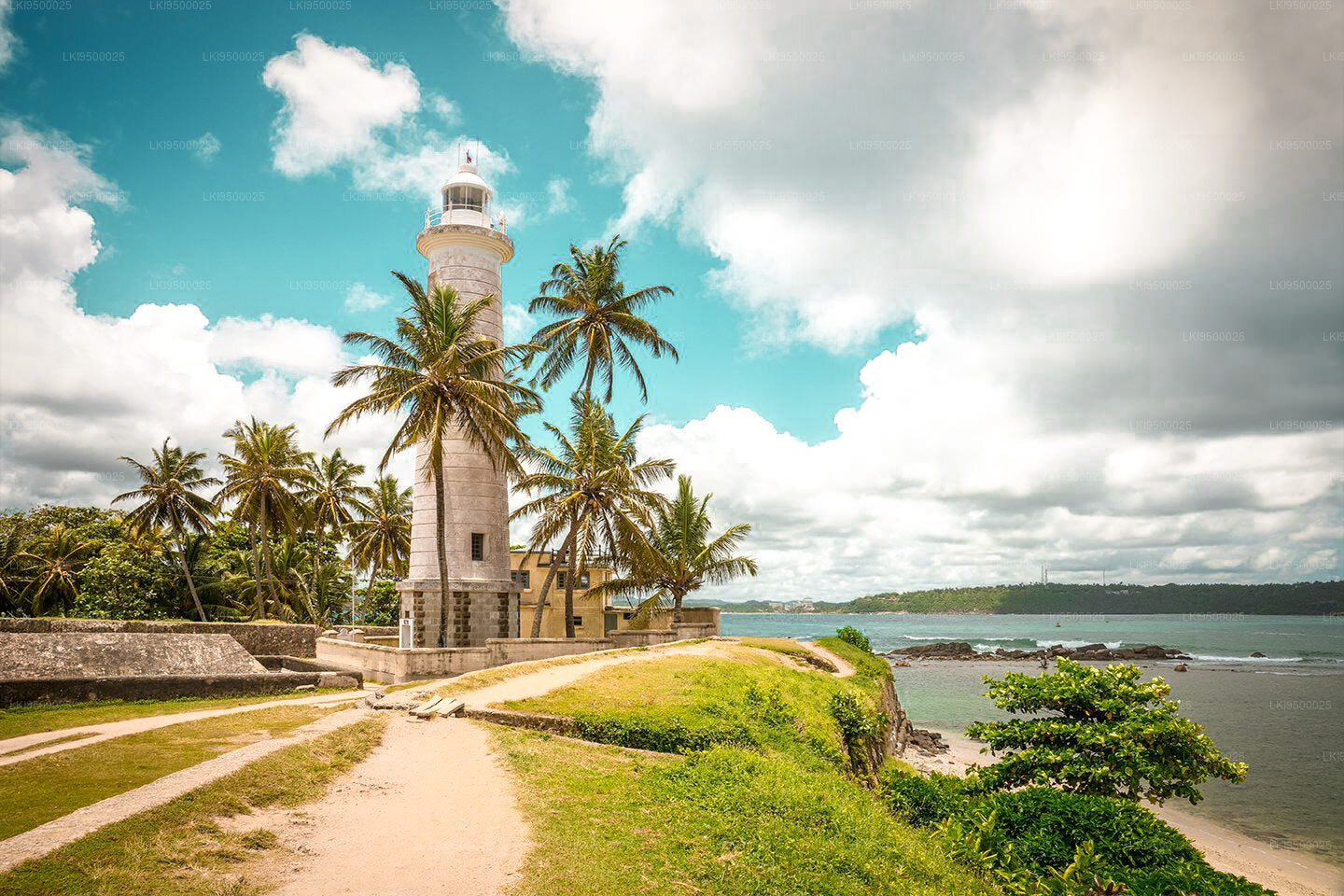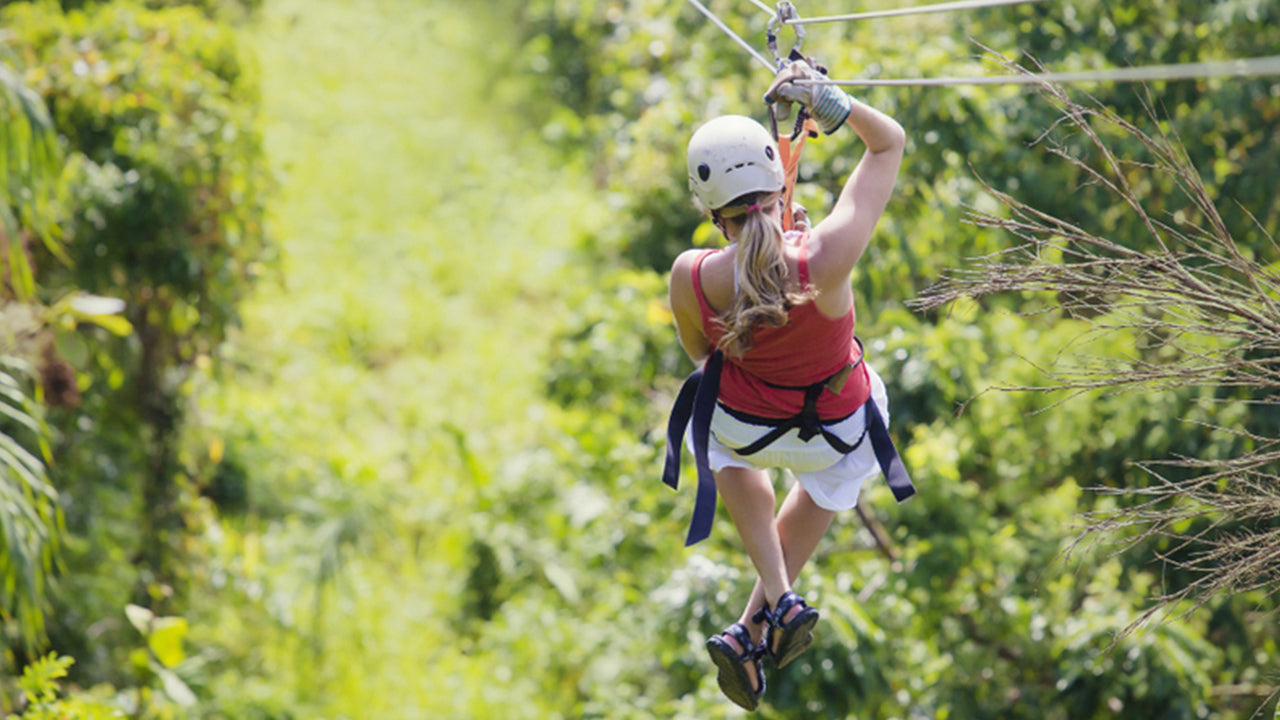
Galle City
Galle, a charming coastal city in Sri Lanka, boasts a rich history and vibrant culture. Its iconic Dutch Fort, a UNESCO World Heritage Site, stands as a testament to colonial influence. Explore pristine beaches, immerse in cultural festivals, and savor local cuisine amidst the old-world charm of Galle.
butterfly Bridge Grounds
Located near the iconic Butterfly Bridge, the Butterfly Bridge Grounds in Galle offer a distinctive open space that blends natural beauty with functional value. This area, adjacent to one of Galle’s most recognized modern landmarks, serves as a venue for local events, school activities, and occasional helicopter landings when needed. Its strategic location and scenic backdrop make it both a practical and picturesque part of Galle’s landscape.
The city of Galle itself is a captivating destination, steeped in colonial history and coastal charm. Dominated by the magnificent Galle Fort, the city draws visitors to its cobblestone streets, art galleries, boutique cafes, and historic architecture. As a UNESCO World Heritage Site, the fort remains a cultural centerpiece, showcasing a unique blend of Dutch, Portuguese, and British influences.
Surrounding the city is some of the finest natural beauty in southern Sri Lanka. From the calm turquoise waters of Unawatuna Beach to the hidden shores of Jungle Beach, Galle’s coastline is perfect for swimming, snorkeling, and sunset watching. Inland, verdant landscapes dotted with coconut palms, tea gardens, and tranquil lakes reflect the region’s rich biodiversity and rural charm.
Together, the Butterfly Bridge Grounds and the wider Galle area represent a seamless integration of community space, heritage, and nature. It’s a place where modern infrastructure complements timeless beauty—making it a memorable part of Sri Lanka’s southern coast.
About Galle District
Galle is a city situated on the southwestern tip of Sri Lanka, 119 km from Colombo.Galle is the best example of a fortified city built by Europeans in south and Southeast Asia, showing the interaction between European architectural styles and south Asian traditions. The Galle fort is a world heritage site and the largest remaining fortress in Asia built by European occupiers.
Galle is a sizeable town, by Sri Lankan standards, and has a population of 91,000, the majority of whom are of Sinhalese ethnicity. There is also a large Sri Lankan Moor minority, particularly in the fort area, which descend from Arab merchants that settled in the ancient port of Galle.
About Southern Province
The Southern Province of Sri Lanka is a small geographic area consisting of the districts of Galle, Matara and Hambantota. Subsistence farming and fishing is the main source of income for the vast majority of the people of this region.
Important landmarks of the Southern Province include the wildlife sanctuaries of the Yala and Udawalawe National Parks, the holy city of Kataragama, and the ancient cities of Tissamaharama, Kirinda and Galle. (Although Galle is an ancient city, almost nothing survives from before the Portuguese invasion.) During the Portuguese period there were two famous Sinhalese poets called Andare who was from Dickwella and Gajaman Nona who was from Denipitiya in Matara District, composing poems on common man.
